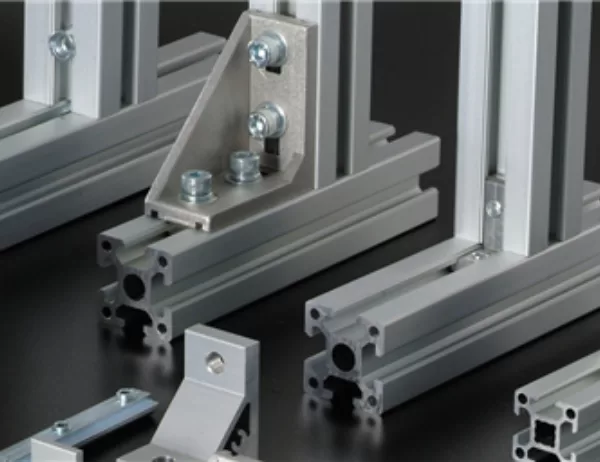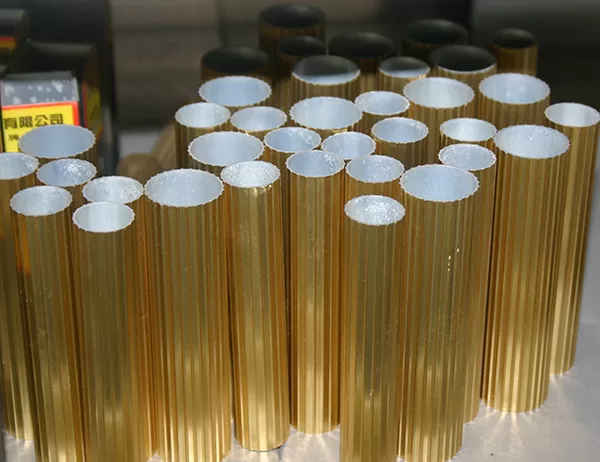Solar aluminum frames are essential components of solar panels, providing structural support and protection for the delicate solar cells. However, these frames can be cumbersome and challenging to handle and transport safely. Errors during handling or transportation can result in damage to the frames, compromising the integrity of the solar panels and potentially causing accidents. This article presents a comprehensive guide to handling and transporting solar aluminum frames safely, ensuring their longevity and optimal performance.
Preparation and Planning
Inspect the Frames: Before handling, thoroughly inspect the frames for any visible damage, such as dents, scratches, or cracks. If damage is detected, do not handle or transport the frames until it has been assessed and repaired.
Wear Protective Gear: Always wear appropriate protective gear, including gloves, safety glasses, and a hard hat, when handling solar aluminum frames. These frames can have sharp edges and can be heavy, making it essential to protect yourself from potential injuries.
Handling Techniques
Use Proper Lifting Methods: When lifting solar aluminum frames, use proper lifting techniques to avoid back injuries. Bend your knees, keep your back straight, and lift with your legs, not your back. Use a lifting strap or a team of individuals to reduce the load and prevent strain.
Avoid Twisting or Bending: Solar aluminum frames are not designed to withstand twisting or bending. Handle them carefully, ensuring they remain flat and in their original shape. Avoid placing undue force on the frame’s corners or edges, as this can cause deformation.
Transportation Considerations
Securely Fasten Frames: When transporting solar aluminum frames, ensure they are securely fastened to the vehicle. Use straps, ropes, or bungee cords to tie down the frames and prevent them from moving during transport. Load the frames flat, ensuring they are not stacked or placed on top of each other.
Protect from Moisture: Solar aluminum frames are susceptible to corrosion when exposed to moisture. When transporting in inclement weather or through humid areas, cover the frames with a waterproof tarp or other protective covering to shield them from rain or condensation.
Follow Regulations: Comply with all applicable regulations and standards for transporting solar aluminum frames. This may include securing permits, marking the load appropriately, and adhering to weight limits and vehicle capacity guidelines.
Emergency Preparedness: In the event of an accident or incident, have an emergency plan in place. Contact the relevant authorities and take appropriate measures to secure the solar aluminum frames and avoid further damage or injuries.
Storage Precautions
Store in a Dry Location: After transportation, store the solar aluminum frames in a clean, dry, and well-ventilated area. Protect them from moisture, dust, and extreme temperatures.
Stack Safely: If stacking frames for storage, use a stable and secure base. Separate the frames with protective materials, such as cardboard or foam, to prevent damage to the frames’ surfaces.
Regular Inspection: Regularly inspect the stored solar aluminum frames for any signs of damage, corrosion, or warping. Promptly address any issues to ensure their continued integrity.
By following these guidelines, you can effectively handle and transport solar aluminum frames safely, preserving their quality and functionality. Proper handling and transportation practices not only extend the lifespan of the frames but also ensure the safety of individuals involved in these processes.




